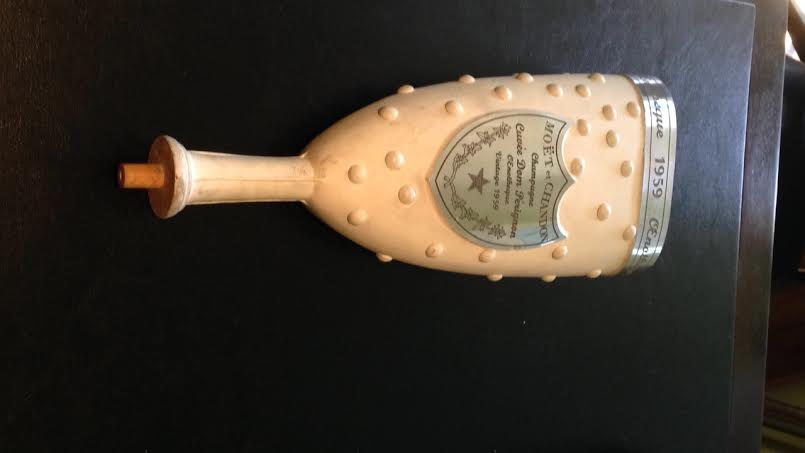In part 3 of our series the pattern moves from wood to wax. As you recall from part two, the goblet pattern was technically and logistically challenging. Bronze is a heavy metal, not to mention expensive, and we wanted to create a casting that we could support with mounting posts that would not sag under the weight of the bronze. The goblet was carved hollow but aesthetically we did not want to be able to see all the way to the base so we created a false bottom that also acted as a support for the back of the goblet.
We cast our work using the lost wax method. The molds we created and the positioning of the gates through which the bronze will flow are designed to allow the molten bronze to readily reach all areas. To help achieve this, we minimize the undercut areas that would otherwise block or stop the flow of bronze. To accomplish this we needed to create 3 separate molds for the goblet: one for the back of the goblet with mounting posts; one for the backless goblet with shallow bottom and with stem; and one for the oval goblet base.
Once the molds were ready, waxes were created for all 3 components of the goblet.
The goblet was then dipped in a slurry of silicon until a sufficiently thick shell or wall was created. When you are casting bigger pieces it can take several days to build up the shell but it is a crucial step for, if the walls are too thin,
when the bronze is poured it will break through the wall and you end up with a ruined casting.
We will continue the process in part 4 with a discussion of the actual sculpting of the figures in the piece. Stay tuned for the fun!
To view our entire collection of custom architectural hardware, visit our site at www.martinpierce.com.



